Fudd Friday: Converting Mil-Surps - Once Necessity, Now Blasphemy

Picture this: You walk into today's gun store and announce you're going to sporterize a 1903 Springfield. The collective gasp would be audible from three counties away. Someone might actually call the police. Yet flip through this 1963 Williams Gun Sight catalog, and you'll see detailed instructions for converting virtually every common military surplus rifle, complete with before-and-after photos that would make modern collectors weep into their coffee.
Welcome to another edition of Fudd Friday, where we explore the fascinating contradiction between what was once common sense and what's now considered heresy. Today's topic: the golden age of military surplus conversions, when butchering a Mauser was practical economics, not cultural vandalism.
Fudd Friday @TFB:
- Fudd Friday: The Smith & Wesson Model 29-2 Revolver
- Fudd Friday: Is .303 British The Ultimate Fudd Cartridge?
- Fudd Friday: Stevens 325 - When Bolt Actions Met .30-30
- Fudd Friday: The Winchester 1911 SL - Was the "Widowmaker" Really That Deadly?
- Fudd Friday: Remington 550-1's Floating Chamber – Over-Engineering Actually Made Sense
When War Rifles Became Deer Rifles
The Williams Gun Sight Company's "How to Convert Military Rifles" wasn't some underground manual for gun degenerates. It was mainstream literature for practical shooters. Published in multiple editions throughout the 1950s and 60s, this book treated military conversions like any other gunsmithing task. Need to put a scope on that 1917 Enfield? Page 12. Want to sporterize your 8mm Mauser? Chapter 4 has you covered.
In 1963, you could buy a surplus rifle for less than the cost of a decent dinner today. A German Mauser might cost $12-15. An Argentine Mauser conversion would run you another $15-20 in Williams parts. For under $40 total, you had a custom hunting rifle that would outshoot most factory guns.
Compare that to a new Winchester Model 70, which retailed for around $130 in 1963. When you can build a better rifle for less than a third of the price, the choice was obvious to budget-conscious hunters.
Williams: IKEA for Gun Nuts
Williams Gun Sight Company created an entire ecosystem around military surplus conversion. Their 1963 catalog covered everything: Springfield 1903s, Enfields, Mausers, Krags, Garands, even Japanese Arisakas and Italian Carcanos. Each rifle got exploded diagrams, parts lists, and step-by-step instructions written for garage gunsmiths with drill presses and hand tools.
The pricing reveals how accessible this was. A complete Springfield 1903 conversion kit cost $59.95, still less than a new factory rifle. Individual components ran $5-15, making upgrades affordable for working-class hunters.
What's striking is how matter-of-fact the catalog treats conversion. No hand-wringing about "destroying history" or "ruining collector value." These were tools, and tools get modified. Got a rough Mauser with a shot-out throat? Perfect candidate for a .308 conversion. Picked up an Enfield with a cracked stock? Time for some American walnut…*Eagle Screech.
The Mosin Parallel: History Repeats
Fast-forward to the early 2000s, and we saw this cycle repeat with Mosin-Nagants. When these rifles were flooding in for $70-90 with complete accessories, the aftermarket exploded. Archangel stocks, Timney triggers, scope mounts, muzzle brakes, suddenly every gun show had a booth full of Mosin accessories.
The psychology was identical to the era of this book: cheap rifles meant guilt-free modification. Nobody worried about "destroying" a $79 Mosin any more than 1960s hunters worried about sporterizing a $12 Mauser. They were tools, not treasures.
But markets always correct themselves. The Mosin import well dried up, prices climbed, and suddenly those "disposable" rifles weren't so disposable anymore. Today, an unmodified Mosin in decent condition brings $400-800, while those Archangel-stocked versions languish in the $300 range. The market has spoken: originality matters, but only after scarcity sets in.
The Great Value Reversal
Here's the delicious irony: those converted rifles are now worth a fraction of what originals bring today. That sporterized 1903 Springfield grandpa built? It's worth less than an untouched rifle in rough condition. Hard to swallow ‘cause it still says “M1903” but it’s not what it was.
The rifles that escaped conversion, often stored in attics or dismissed as "too rough to bother with," became valuable collectibles. This pattern repeats with every surplus wave. When rifles are cheap and plentiful, they're tools to be improved. When they become scarce, they're artifacts to be preserved. The same rifle transitions from one category to the other within a generation.
The Final Conversion
So next time you're at a gun show and some old-timer starts lamenting how "kids today don't appreciate good surplus rifles," remember that his generation turned perfectly good Krags, Springfields, and Mausers into hunting rifles without a second thought.
The Williams catalog reminds us that our reverence for military surplus is a luxury afforded by scarcity. When these rifles were tools rather than treasures, converting them made perfect sense. Now that they're collectibles, conversion feels like vandalism.
The real lesson? Enjoy whatever surplus wave you're riding, because it won't last forever. And maybe keep one unconverted, just in case.

Staff Writer: TheFirearmBlog & AllOutdoor.com | Certified Gunsmith | Published Author | Firearm History Enthusiast
More by Sam.S








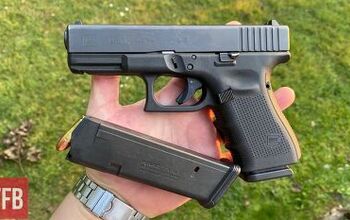
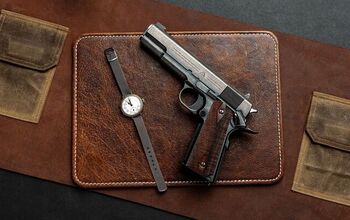
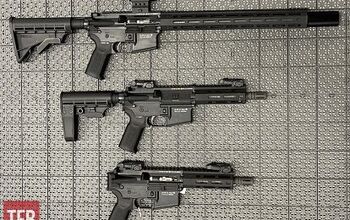
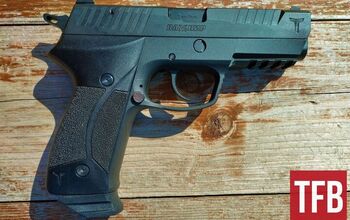
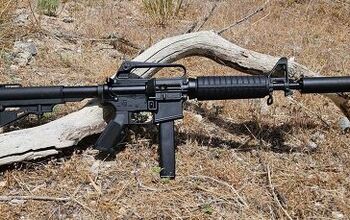


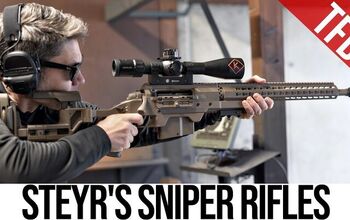


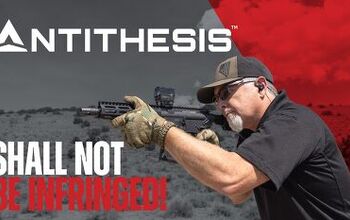

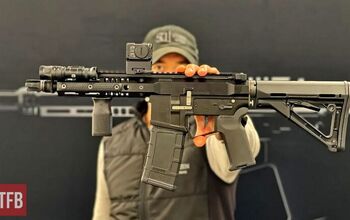
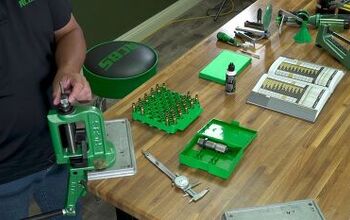
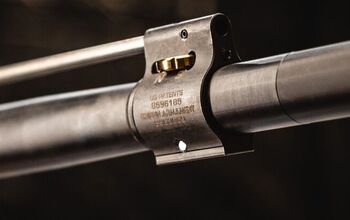
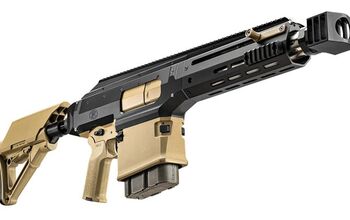

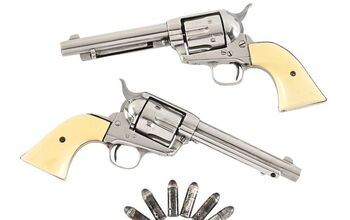
Comments
Join the conversation
I inherited a semi-sporterized 03 Springfield, apparently made in 1918 (at least that's how the barrel was marked) and, thanks to Numrich/Gun Parts/ whatever it's called today, I was able to convert it back to its original form. It cost me a few bucks (not a lot), but it was worth it to me.
I have a cousin who inherited a WWII-bringback 98 Mauser that was sporterized by his father, who was a skilled machinist. He'll never part with it.
I guess it depends on the gun, who did the work, and what they mean to the owner.
Author Bruce Canfield has written several good books on WW 1&2 military arms and has a column in "American Rifleman" magazine. Someone wrote in asking about sporterizing a CMP rifle. "Why would you buy a $500 rifle, then spend $300 to turn it into a $200 rifle?" Well said Mr. C, well said indeed!